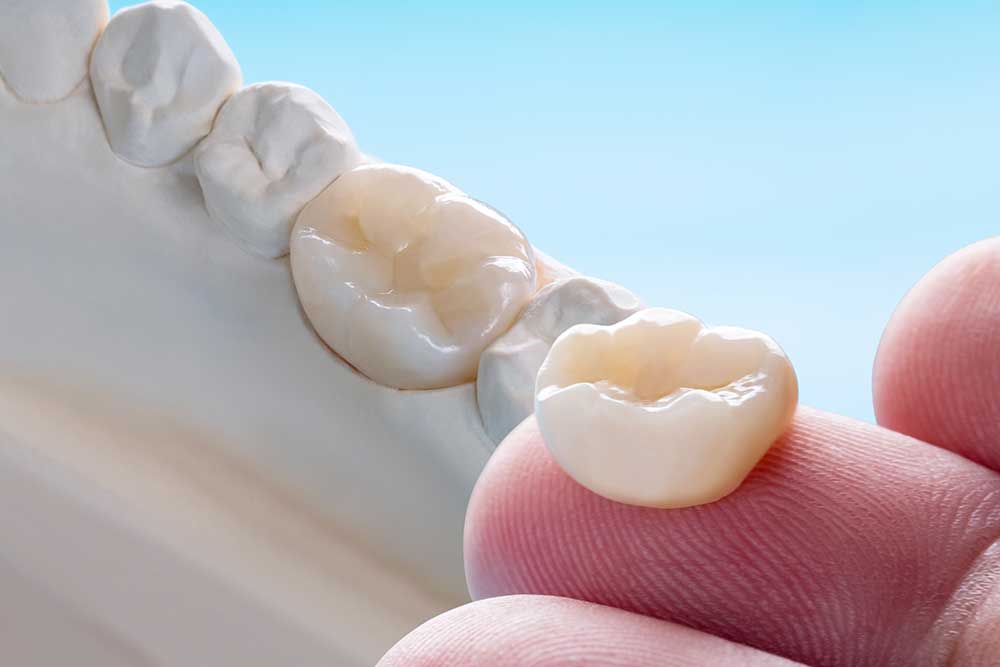Tooth Implants:
Understanding the Process of Osseointegration
If you are missing a tooth or have multiple gaps in your smile, you may have considered tooth implant as a possible solution. At Brea Family Dentistry, located in Brea, California, we specialize in providing comprehensive dental services, with a particular focus on tooth implants. In this article, we aim to educate you about the process of osseointegration, a crucial step in the success of dental implants and Understanding the Process of Osseointegration.
What is a Tooth Implant?
A tooth implant is a permanent solution to replace missing teeth. It involves the placement of a small titanium post or screw into the jawbone, which acts as an artificial tooth root. This post serves as a stable foundation for the replacement tooth or teeth.
Why is Osseointegration Important?
Osseointegration is a biological process that plays a vital role in the success of dental implants. It refers to the fusion of the implanted titanium post with the surrounding jawbone. Through osseointegration, the dental implant becomes firmly integrated into the bone, providing a stable and long-lasting foundation for the replacement tooth.
The Process of Osseointegration
-
Comprehensive Examination:
Before undergoing a tooth implant procedure, your dentist will conduct a thorough examination of your oral health. This may include X-rays, scans, and impressions to assess the condition of your jawbone and determine if you are a suitable candidate for the procedure.
-
Preparation:
If your jawbone lacks the necessary density or thickness to support a dental implant, a bone graft may be required. This procedure involves the placement of synthetic or natural bone material in the deficient area to encourage new bone growth. It usually takes several months for the graft to heal and become ready for the implant.
-
Implant Placement:
Once your jawbone is ready, the dental implant procedure can begin. Under local anesthesia, the dentist will carefully place the titanium post into the predetermined position in your jawbone. This is done through a minor surgical procedure, with utmost precision and attention to detail.
-
Healing and Integration:
After the implant is placed, osseointegration begins. This is a gradual process during which the bone cells grow and adhere to the surface of the implant post. Over the course of several months, the jawbone fuses with the titanium, creating a stable and durable foundation.
-
Abutment Placement and Crown Attachment:
Once osseointegration is complete, the next step involves attaching an abutment to the implant post. The abutment acts as a connector between the implant and the replacement tooth. Impressions are taken to create a custom-made crown that closely matches your natural teeth. This crown is then securely attached to the abutment, completing the tooth implant process.
-
Benefits of Osseointegration:
The process of osseointegration is crucial for the long-term success of dental implants. Here are some notable benefits of osseointegration:
-
Stability and Durability:
With osseointegration, dental implants become integrated into the jawbone, providing a stable and secure foundation for the replacement teeth. This stability allows you to eat, speak, and chew with confidence, just like with your natural teeth.
-
Preservation of Jawbone:
When a tooth is lost, the underlying jawbone begins to deteriorate over time. However, dental implants stimulate bone growth during osseointegration, preventing bone loss and preserving the natural contours of your face.
-
Improved Oral Health:
Unlike traditional tooth-supported bridges, dental implants do not require altering adjacent healthy teeth. This preservation of neighboring teeth enables better oral hygiene, easier cleaning, and improved long-term oral health.
-
Aesthetics:
Dental implants provide a natural-looking and aesthetically pleasing solution for missing teeth. The custom-made crowns closely match the color, shape, and size of your remaining teeth, creating seamless integration within your smile.
Conclusion of Understanding the Process of Osseointegration
Tooth implants have revolutionized the field of dentistry, offering an effective and reliable solution for missing teeth. The process of osseointegration is a critical step in ensuring the long-term success of dental implants. At Brea Family Dentistry, we are dedicated to providing our patients with dental services that prioritize not only your oral health but also your comfort and convenience. Visit our website at breathedentist.com to learn more about our dental services and conveniently reserve your appointment today.






